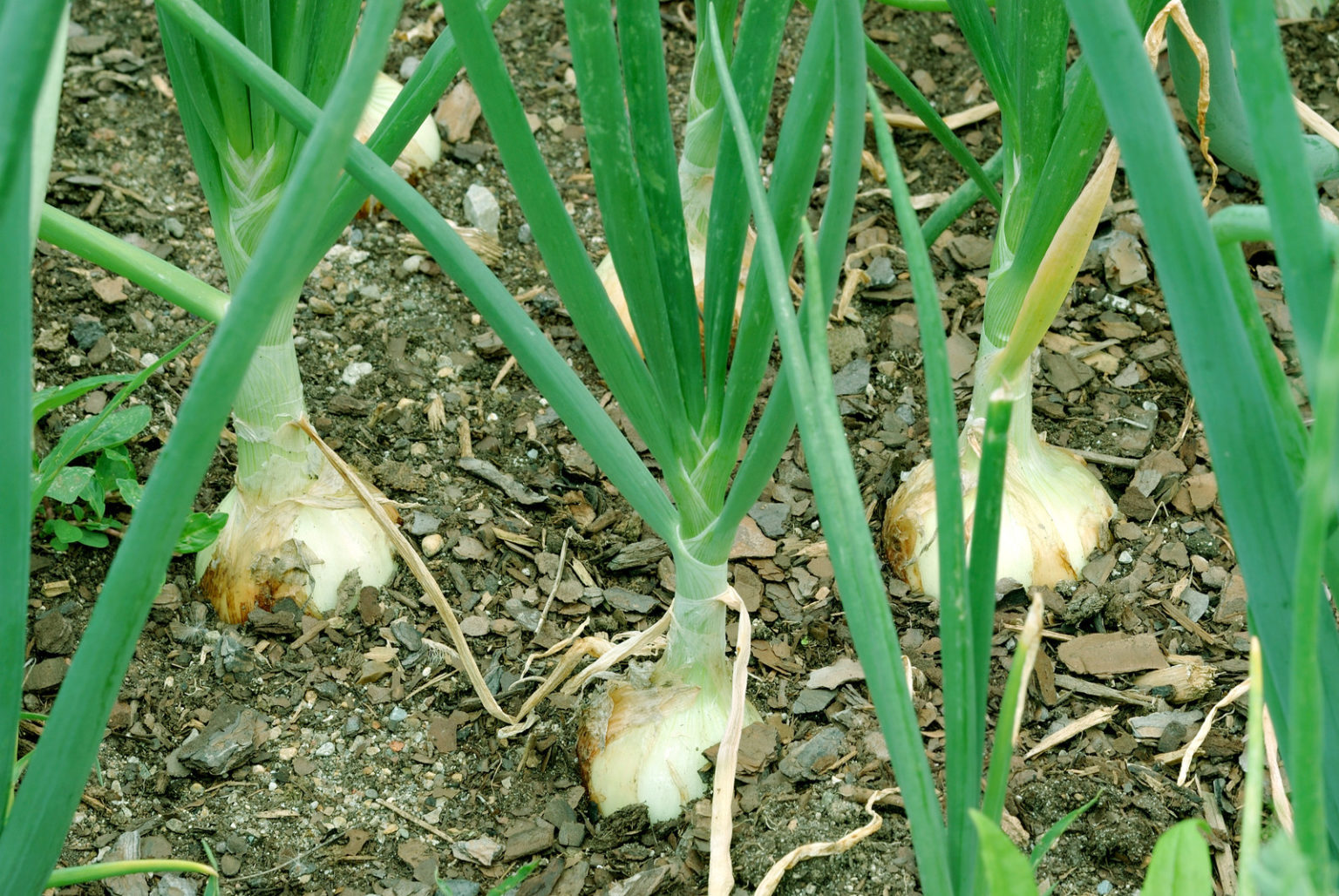Short day onion plants, a unique variety known for their specific growth requirements, embark on a captivating journey in this comprehensive guide. Discover their distinctive characteristics, delve into the intricacies of their cultivation practices, and navigate the challenges and rewards that accompany their growth.
With a focus on scientific accuracy and a touch of narrative flair, this exploration unveils the fascinating world of short day onion plants, providing valuable insights for both seasoned gardeners and aspiring enthusiasts.
Short Day Onion Plant Characteristics

Short day onion plants are distinguished by their unique physical attributes and growth requirements. These plants exhibit a compact and upright growth habit, typically reaching heights of 12 to 24 inches. Their leaves are slender and cylindrical, forming a dense cluster around the base of the plant. Unlike long day onions, short day varieties initiate bulb formation when exposed to shorter day lengths, typically around 12 hours or less.
Environmental Conditions
Short day onion plants thrive in well-drained, fertile soils with a pH range of 6.0 to 6.8. They require ample sunlight and prefer cool temperatures during the early stages of growth. As the plants mature, they can tolerate warmer temperatures, but prolonged exposure to extreme heat or drought can hinder bulb development. Regular watering is essential, especially during the bulb formation stage, but avoid overwatering as it can lead to root rot.
Cultivation Practices for Short Day Onion Plants

Short day onion plants require specific cultural practices to optimize bulb formation and yield. These practices include soil preparation, planting techniques, watering schedules, and fertilization requirements.
Soil Preparation
Well-drained soil with a pH between 6.0 and 6.8 is ideal for short day onion plants. The soil should be loose and free of large clumps or rocks. If the soil is not well-drained, it can be amended with compost or other organic matter to improve drainage.
Planting Techniques
Short day onion plants are typically planted in the fall, about 4 to 6 weeks before the first hard frost. The bulbs should be planted about 1 inch deep and 4 to 6 inches apart. The rows should be spaced about 12 to 18 inches apart.
Watering Schedules
Short day onion plants need regular watering, especially during the early stages of growth. The soil should be kept moist but not soggy. Watering should be reduced as the bulbs begin to mature.
Fertilization Requirements
Short day onion plants need a balanced fertilizer that contains nitrogen, phosphorus, and potassium. The fertilizer should be applied according to the manufacturer’s instructions.
Common Challenges and Solutions in Growing Short Day Onion Plants

Short day onion plants are susceptible to various challenges during their cultivation. Understanding these challenges and implementing appropriate solutions are crucial for successful crop production.
Pests and Diseases, Short day onion plants
Pests such as thrips, onion flies, and aphids can damage onion plants. Diseases like downy mildew, neck rot, and onion smut can also affect crop health.
- Thrips: Use yellow or blue sticky traps for monitoring and control. Implement crop rotation to break the pest’s life cycle.
- Onion Flies: Apply beneficial nematodes or use row covers to prevent egg-laying by adult flies.
- Aphids: Use insecticidal soap or neem oil for control. Encourage natural predators like ladybugs.
- Downy Mildew: Choose resistant varieties. Use fungicides containing copper or mancozeb.
- Neck Rot: Cure onions properly after harvest to prevent moisture accumulation. Avoid overwatering during growth.
- Onion Smut: Use disease-free seeds. Rotate crops with non-susceptible plants.
Nutrient Deficiencies
Short day onion plants require balanced nutrition for optimal growth. Deficiencies in nitrogen, phosphorus, and potassium can limit yield and quality.
- Nitrogen Deficiency: Symptoms include stunted growth, yellowing leaves, and reduced bulb size. Apply nitrogen fertilizer as per soil test recommendations.
- Phosphorus Deficiency: Causes slow growth, purple or red discoloration of leaves, and reduced root development. Use phosphorus-rich fertilizers or organic matter.
- Potassium Deficiency: Symptoms include wilting, brown leaf tips, and reduced bulb firmness. Apply potassium fertilizer based on soil test results.
Crop Rotation and Companion Planting
Crop rotation involves growing different crops in the same area in sequential seasons. Companion planting is the practice of growing compatible plants together for mutual benefits.
Crop rotation and companion planting can help manage pests, diseases, and nutrient deficiencies. For example, planting onions after legumes like beans or peas can add nitrogen to the soil, reducing the need for synthetic fertilizers. Planting carrots or tomatoes alongside onions can deter certain pests.
